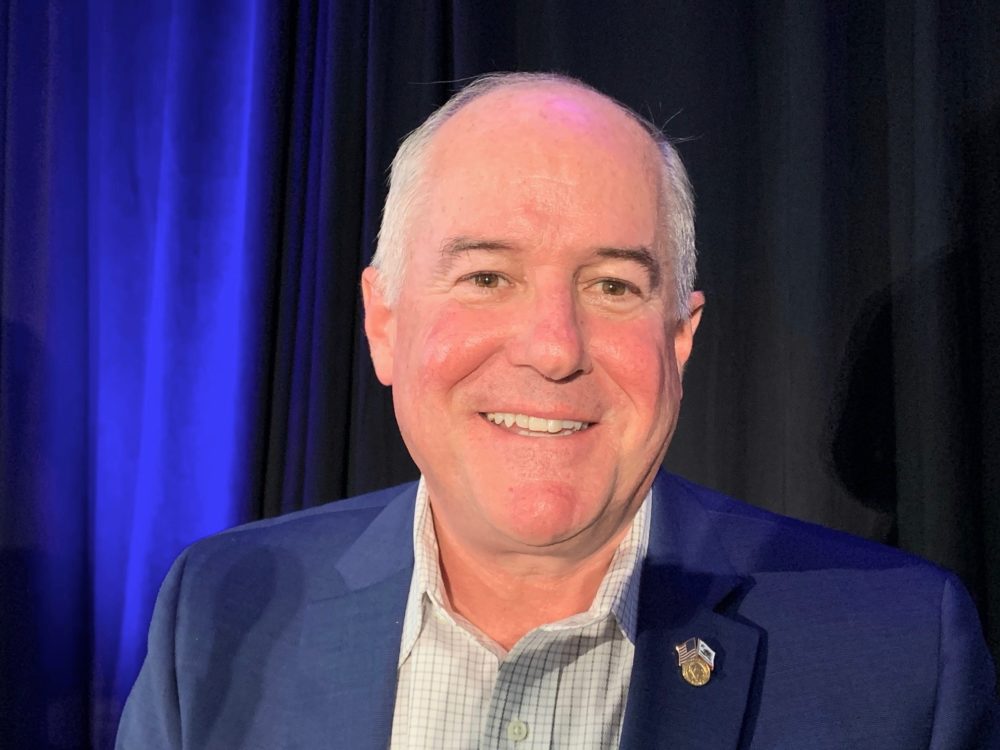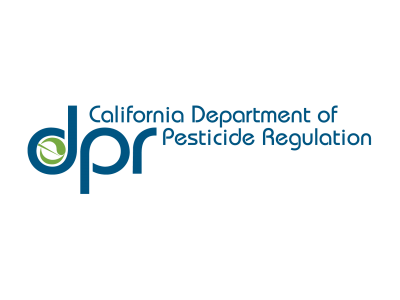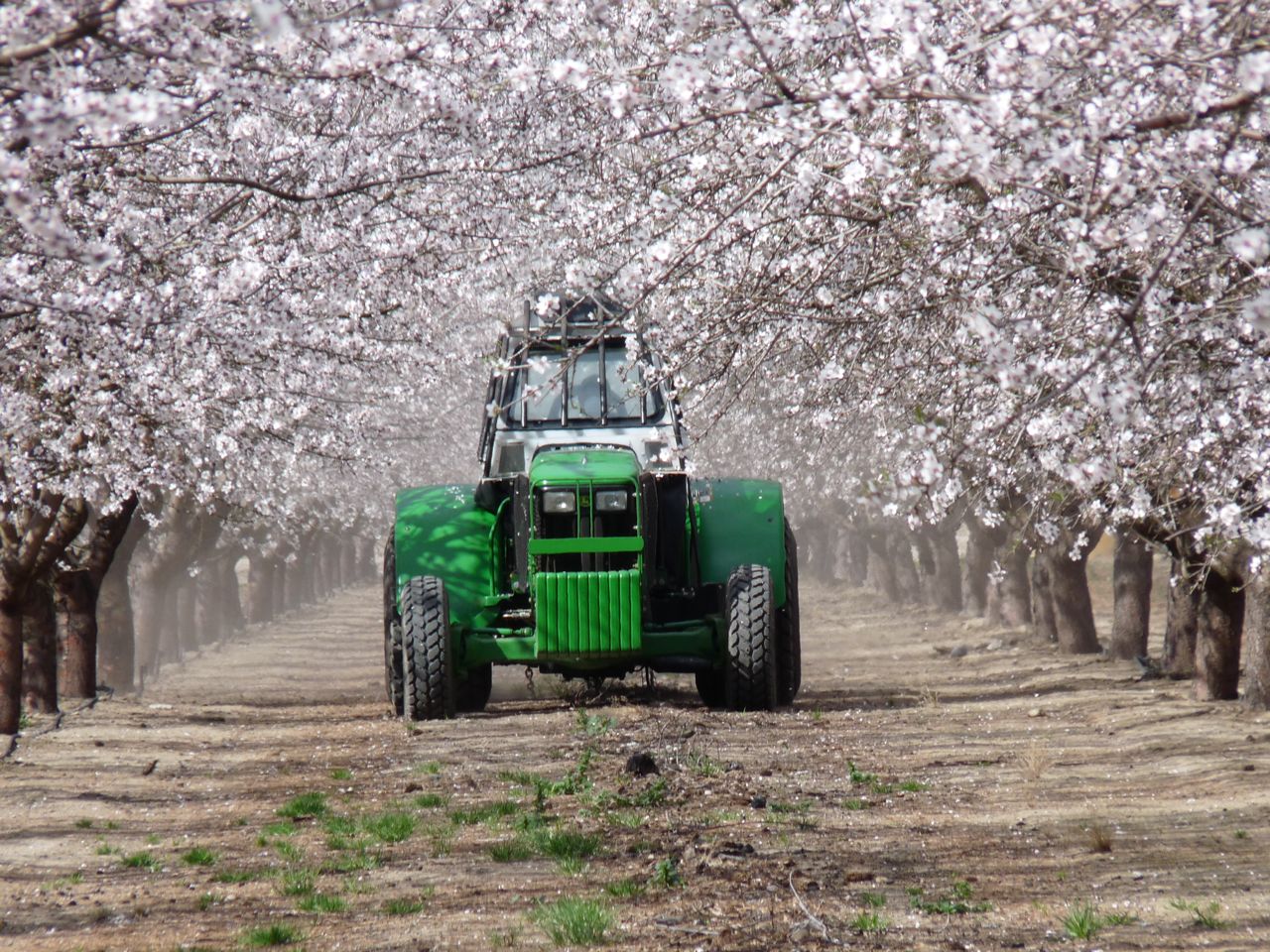DPR’s Dolcini to Focus on Three Pillars
Leadership, Collaboration, and People are the focus of Val Docini
Second of a series from DPR’s Director Val Docini.
By Jesse Rojas, Editor
Val Dolcini, Director of the California Department of Pesticide Regulation, will focus on three pillars while leading DPR. The pillars represent organization and leadership principles that will allow DPR to continue to advance its mission of protecting public health and the environment through the careful and appropriate regulation of pesticides.
First Pillar: A Focus on IPM
“I’ll be using integrated pest management as a means of organizing the work of the department and as the foundation for closer collaboration with our stakeholders, such as the Almond Board. Using IPM principles, DPR can reinforce its role as a trusted leader in the regulation of pest management tools for urban and rural communities alike,” Dolcini said. “This will allow California to become significantly less reliant on chemical means as the first line of defense against agricultural and household pests.”
Dolcini stressed that the industry would continue to deploy appropriate chemical pesticides. “Chemical pesticides are an essential part of IPM, but we also need to include more biological controls, new cultural practices, softer chemistries, and safer alternatives into our arsenal,” he said. “To get there, we will continue to streamline our internal processes for approving these tools, and to create more demand for these tools in the value chain.”
“I realize that this is a tall order, but we’re at a pivotal point in the evolution of pest management in California. Changing pest pressures, increased urbanization, the desire for sustainably produced food, the need to seek and implement safer alternatives among many other issues all drive the demand to reexamined our views on pest management, Dolcini explained. “I think that we need to be in this conversation with the end in mind, and I commit to an ongoing dialogue about the future of pest management with folks from the agricultural, landscape, and structural pest community along with conservationists, worker health advocates, growers and others,”
Second Pillar: A Focus on Partnerships
“My second pillar focuses on partnerships with all stakeholder groups. DPRs work and mission must include the voices of all Californians. I want DPR to be a place where all stakeholders, ideas, and interests are welcome, not just to those who seek to register pesticides, but to those who are concerned about the impacts of those pesticides in their communities.
Dolcini is traveling to every corner of the state, to engage with Californians on pest management issues. “I’ll hold regular stakeholder meetings with anyone who seeks me out, and I look for opportunities to join my colleagues at DPR in initiatives that support our mission of protecting public health and the environment,” he said. “This is a dialogue that must be ongoing, and not just happen when a crisis occurs because trust is essential to successful engagement on pest management issues. Building trust takes time and effort. I believe that these partnerships, this engagement, this dialogue with agricultural groups will lead to stronger relationships and more creative solutions.”
Third Pillar: A Focus on the People of DPR.
“I believe that a department of government can only be successful in fulfilling its mandate when its employees are highly engaged. The leaders must be open, collaborative, and capable of articulating a vision that people can identify with; and where the workplace is known for mutually respectful and highly ethical behavior on the part of all of its employees,” explained Dolcini.
“I believe that the basis of DPR’s success is found in its employees. It’s my job to ensure that I’m responsive to their needs and concerns,” he said. “We need to provide more training opportunities for our future leaders and ensure that our internal and external recruitment efforts reflect the changing face of California.”
Dolcini said DPR also needs to be careful stewards of our resources, but at the same time manage the department’s affairs with an eye or the future. “We are investing in our people, our programs, and the systems that support them. Working towards these broad goals will lead to increased staff morale, bring more opportunities for professional development, and innovative, effective, and thoughtful public policy solutions,” he noted.
“In short, my vision for DPR is it a high-performing department of government that relies on a well trained and highly engaged workforce that relies on robust partnerships with a wide range of stakeholders, the best available science, sound management practices, and the ability to see around the corner at the possibilities that the future holds,” he said
“I have always believed in my career that when people of goodwill come together towards a common purpose, great things can and do happen,” said Dolcini.






















